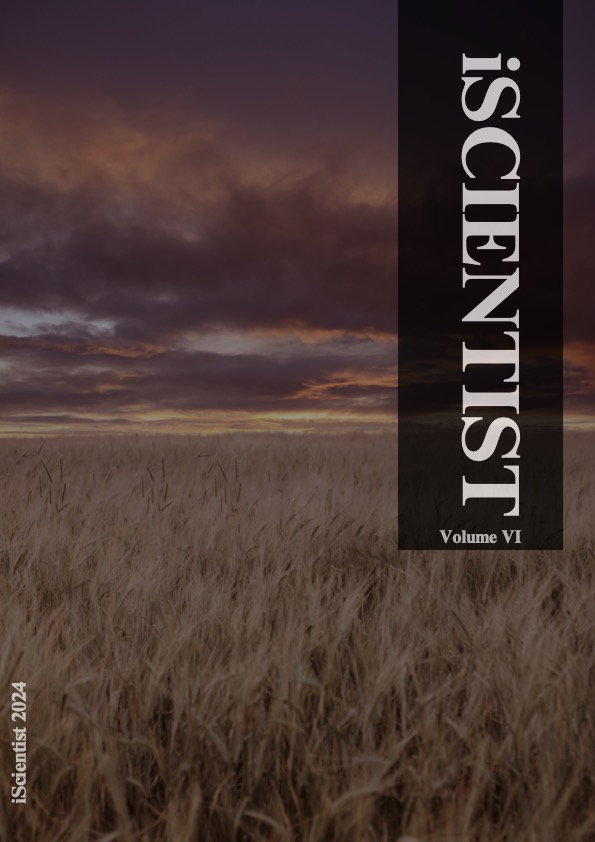Chitosan Nanoparticle Intranasal Delivery of Sumatriptan Succinate
Abstract
Migraines are the most common neurological disorder, affecting approximately 2.7 million Canadians. There exists no cure, however current treatment options are available. Sumatriptan, an antimigraine medication, is available on the market as an oral tablet, subcutaneous injectable or nasal spray. With all three routes of administration, the drug’s short plasma half-life of only two hours oftentimes leads to the need for recurrent doses. Subcutaneous administration is currently the most bioavailable method, but the injections can cause bruising and bleeding which may discourage patients from this form of treatment. Through this literature review, the utilization of chitosan nanoparticles (CSNPs) as a delivery system for the intranasal delivery of sumatriptan succinate is discussed. Literature on sumatriptan, CSNPs and the limited literature combining the two was researched. To obtain a holistic understanding of the current treatment using sumatriptan and how CSNPs will improve migraine treatment, primary and secondary literature was reviewed. CSNPs allow for sustained drug release as a result of their mucoadhesive properties, over a period of approximately 24 hours, which will likely reduce the need for recurrent doses. Future clinical trials are necessary to investigate how CSNP delivery of sumatriptan succinate might enhance the quality of treatment for migraine sufferers. This research provides the potential for an effective, non-invasive treatment for migraines which could be favourable to many, including those who currently struggle with effective treatment.
Downloads
Published
Issue
Section
License
Authors who publish with this journal agree to the following terms:- Authors retain copyright and grant the journal right of first publication with the work simultaneously licensed under a Creative Commons Attribution License that allows others to share the work with an acknowledgement of the work's authorship and initial publication in this journal.
- Authors are able to enter into separate, additional contractual arrangements for the non-exclusive distribution of the journal's published version of the work (e.g., post it to an institutional repository or publish it in a book), with an acknowledgement of its initial publication in this journal.
- Authors are permitted and encouraged to post their work online (e.g., in institutional repositories or on their website) prior to and during the submission process, as it can lead to productive exchanges, as well as earlier and greater citation of published work (See The Effect of Open Access).


